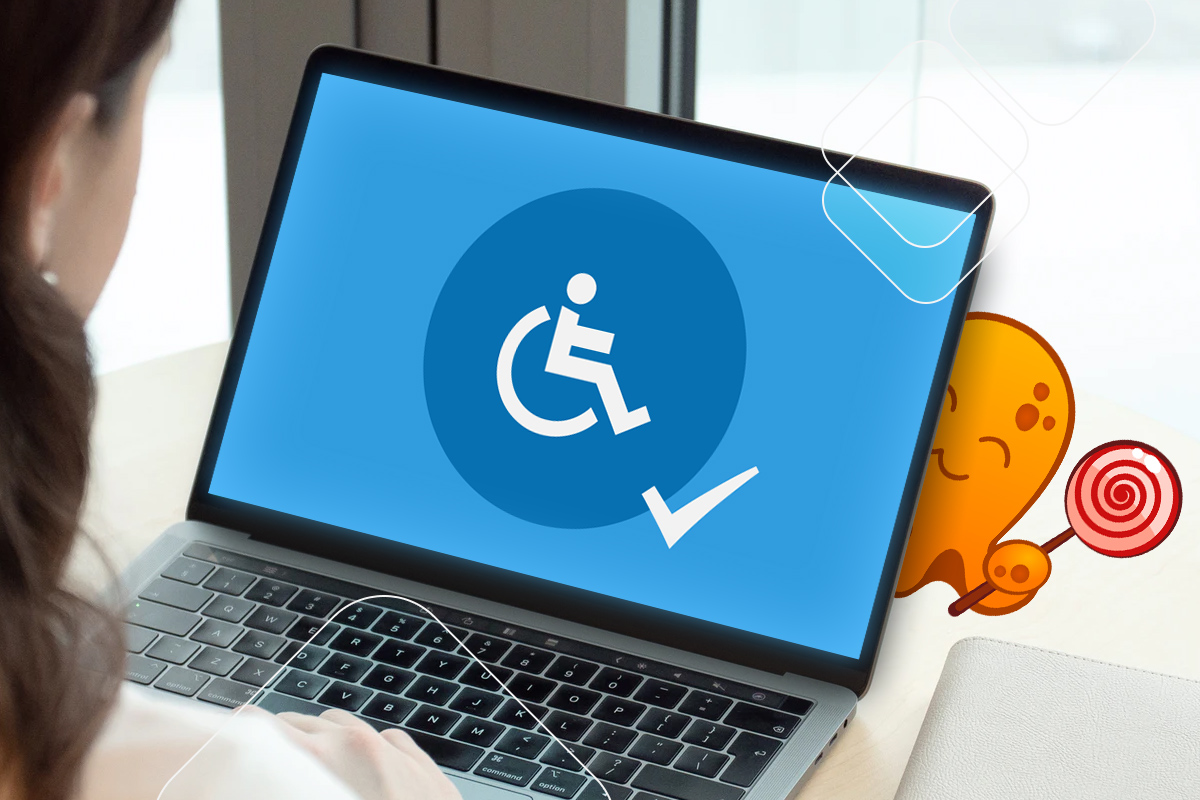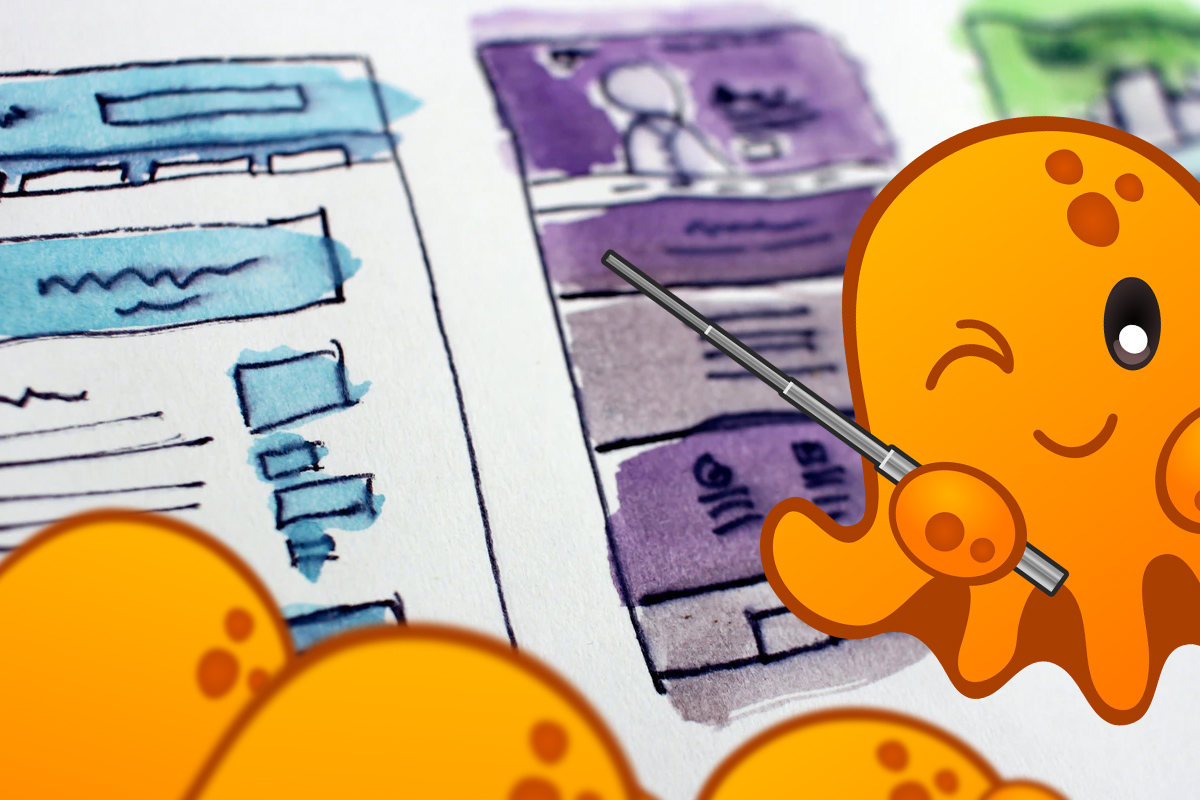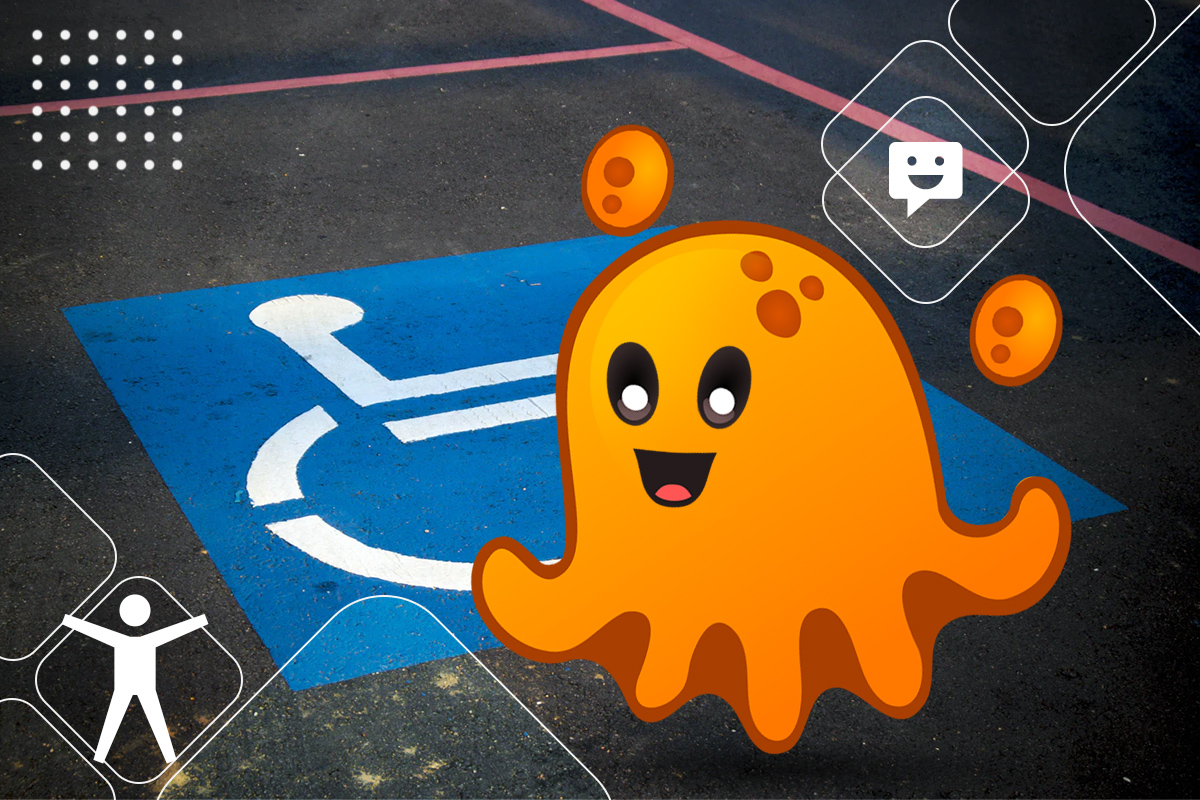When people think of designing websites, they normally don’t consider the user experiences of all users.
This is fairly common as its human nature to only consider developing your site to be useful to your target audience.
But, did you know that approximately 48.9 million people in the United States have a disability?
That accounts for 19.4% of the U.S. population.
Furthermore, 24.9 million people have a severe disability.
And, 34.2 million people have a functional limitation.
By working some basic numbers, you can expect at least a minority of your target audience to be disabled in some capacity.
With that said, is your website currently able to service them the way they are?
If not, then you have a major problem on your hands you need to fix.
Fortunately, the topic of website accessibility is a bit straightforward.
Let’s get down to the bottom of this topic, shall we?
What Is Website Accessibility?
Website accessibility is simply the task of making your site compatible for all users.
No, this doesn’t mean creating a special version of your site for disabled users like you would for mobile users.
And, it certainly doesn’t mean to enhance your incompatible website.
Website accessibility entails all of the efforts of making your primary website compatible for everyone.
Well, that’s about it for this section.
You’re going to be very surprised by what you find out in the next section.
Why is Website Accessibility Important?

Here comes the kicker.
You could actually get sued if your website isn’t accessible to people with disabilities.
Don’t believe us?
The pizza chain, Dominos received a lawsuit from a plaintiff alleging that their site wasn’t compatible for all users.
In fact, 2,258 website accessibility-related lawsuits have begun since 2018, which is up from 800 in 2017.
Let’s get one thing clear: people are suing companies that don’t have accessible websites.
If your website isn’t accessible, then you could become next.
Now, you may be thinking this situation is the same as tearing the tag off a mattress and that none of this is too serious.
Well, that’s kinda not true.
Take a look at this.
According to Title III of the Americans with Disabilities Act (ADA), websites are interpreted at “places of public accommodation”.
You may be shaking your head in disbelief, but the law deems a website to be similar to a restaurant or public business.
Similar to how these establishments have accommodations for disabled people, your website must do the same or face the consequences.
Websites with major inaccessible components will be deemed as a violation of Title III of the ADA.
One Title III violation could cost you up to $75,000 and $150,000 for all subsequent violations.
This isn’t like driving without insurance until you get caught.
You could seriously get sued and fork up thousands of dollars, especially since you won’t have a case against the plaintiff.
Besides, you should want your website to be accessible to all of your target audience.
This is both ethical and good business sense.
Many websites aren’t currently accessible to disabled people and face the risk of a tremendous lawsuit.
The good news is that making your website accessible is pretty simple.
Let’s go over everything you need to know to improve your website today.
How to Make Your Website Accessible

Are you ready to make your website accessible in 2020?
If so, follow these tips to navigate the challenges of website accessibility and stay compliant with government regulations.
Select a Content Management System That Supports Accessibility
There are a lot of content management systems (CMS) available, from Drupal to WordPress.
The key here is choosing the right one that supports website accessibility.
The good news is that Optuno uses a proprietary CMS called FICMS.
All of our websites come with a standard ADA UserWay plugin that ensures that they are compliant with government regulations.
We are concerned with this issue as it’s currently affecting a lot of business owners in the U.S.
Luckily, Optuno has a solution no matter if you purchase a basic website or a complete e-commerce marketplace from us.
Use Headings Properly
People with visual disabilities primarily use screen readers to navigate content.
By using headings properly to arrange your content, people with disabilities will be able to easily scan and interpret your content.
If you’re not a web developer or content writer, the proper use of headers are as follows:
- Use the <h1> header only for the title of your content.
- Use the <h2> header only for the subheadings (ex. What is website accessibility, why is website accessibility important, etc)
- Do not skip headers. For example, don’t jump from the <h1> header to the <h3>. Screen reader users will think that content is missing
Include the Right Alt Text for Images
Alternative text, or alt text, should be used to help screen reader users identify images.
This is really important for informative images, like infographics.
Creating alt text is very simple.
All you have to do is write alt text that tells what the image is or what it’s about.
Alt text should provide screen reader users with insights of images that aid comprehension.
Use Colors Properly
You’d be surprised to know that 8% of the U.S. population suffers from red-green color deficiency.
Using these types of colors will prevent your audience from distinguishing the message of your content.
You are free to use any color you like, but be sure to add a question mark or asterisk in to help screen readers identify different sections of content.
Give Optuno a Try Today!

If you’ve come this far then you’re probably thinking, “is there any way that I can have my website serviced for me?”
The truth is that if you’re a business owner, you may not have the time to improve your website.
That’s where we come in.
If you need a new website design that will leverage website accessibility, then you can rely on our team of experts to provide assistance.
To speak to a member of our dedicated sales team, give us a call today at 1-888-678-8662 or click here to schedule a free consultation.



 View Printer Friendly Version
View Printer Friendly Version



